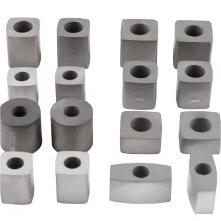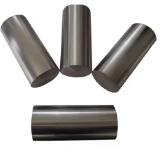**Is Every Metal Filler Ready for a Flashy Makeover?**
(Can All Metal Filler Be Plated)
Metal fillers are like the unsung heroes of repairs. They patch up dents in cars, fix cracks in machinery, and smooth out flaws in household items. But when it comes to giving these fillers a shiny, polished finish, things get tricky. Can all metal fillers handle the glamour of plating? The answer isn’t a simple yes or no. Let’s dig into the gritty details.
First, metal fillers aren’t all the same. They come in different types, each with unique ingredients. Some are packed with metals like aluminum or steel. Others rely on epoxy resins or polymers. Plating usually involves coating a surface with a thin layer of metal, like chrome or nickel. This process needs the base material to conduct electricity. Here’s the catch: many fillers aren’t conductive. If a filler has more plastic than metal, plating becomes a problem.
Then there’s the issue of surface prep. Plating demands a clean, smooth base. Fillers often have pores or rough textures. Even tiny imperfections can ruin the finish. Imagine painting a wall without sanding it first. The result would be bumpy and uneven. The same logic applies here. Professionals grind, polish, or treat filler surfaces to make them plating-friendly. But not all fillers can survive this prep work. Some might crack or warp under pressure.
Melting points matter too. Plating sometimes involves heat. If a filler’s melting point is lower than the temperature needed for plating, things go south. The filler could soften, melt, or release gases. This creates bubbles or cracks in the plated layer. It’s like trying to frost a cake that’s still baking—the frosting slides right off.
Let’s talk about common fillers. Aluminum-based fillers are popular for lightweight repairs. Aluminum conducts electricity well, making it a good candidate for plating. But aluminum oxidizes quickly. This thin oxide layer resists bonding with other metals. Special techniques, like zincating, are needed to make it work. Steel fillers are easier to plate because steel is naturally conductive and sturdy. But steel rusts. If the filler isn’t sealed properly, moisture sneaks in, and the plated layer peels away over time.
Non-metal fillers, like epoxy putty, face bigger hurdles. They don’t conduct electricity at all. Some shops use conductive primers or coatings as a middle layer. These act like a bridge between the filler and the plated metal. But this adds steps and costs. Even then, the finish might not last as long as traditional plating.
What about newer “universal” fillers? Marketing claims can be misleading. These products might work for basic plating jobs, but high-stress applications are a different story. A filler that works for a decorative vase might fail on a car part exposed to road salt and weather. Always test a small area first.
(Can All Metal Filler Be Plated)
So, can all metal fillers be plated? Not really. Success depends on the filler’s makeup, prep work, and the plating method itself. Skilled technicians often mix custom solutions for tricky jobs. For DIYers, sticking to fillers labeled “platable” saves time and frustration. When in doubt, ask an expert. Sometimes a flashy makeover isn’t worth the risk of a botched job.
Inquiry us
if you want to want to know more, please feel free to contact us. (nanotrun@yahoo.com)


